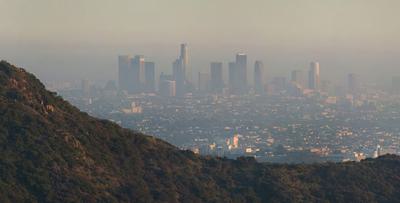The number of deaths related to air pollution in the United States shrank by 47 percent between 1990 and 2010, dropping from 135,000 per year to 71,000, according to new research published in the journal Atmospheric Chemistry and Physics. The decline in mortality is attributable to stricter regulations and improvements in air quality, the authors of the study concluded. This is despite increases in the country’s population, energy use, and car travel.
“We’ve invested a lot of resources as a society to clean up our air,” Jason West, an atmospheric scientist at the University of North Carolina and coauthor of the study, said in a statement. “This study demonstrates that those changes have had a real impact with fewer people dying each year due to exposure to outdoor air pollution.”
West and his colleagues from UNC and the Environmental Protection Agency analyzed concentrations of fine-particulate-matter air pollution and ozone over two decades and compared the data with causes of death from the Centers for Disease Control and Prevention. They estimated that deaths from ischemic heart disease, chronic obstructive pulmonary disease, lung cancer, and stroke were related to fine-particulate pollution, and those from respiratory disease were related to ozone.
But the authors warn that despite the good news, there is still a lot that needs to be done to clean up the nation’s air. The 71,000 air pollution-related deaths in 2010 translates to one out of every 35 deaths in the U.S. that year — as many as from traffic accidents and gun shootings combined.
“Even though we’ve seen some tangible success, there are still people dying, and a public health challenge remains going forward,” West said. “New federal policies curtailing air pollution regulations likely will slow the improvement in air quality or possibly make air quality worse.”



